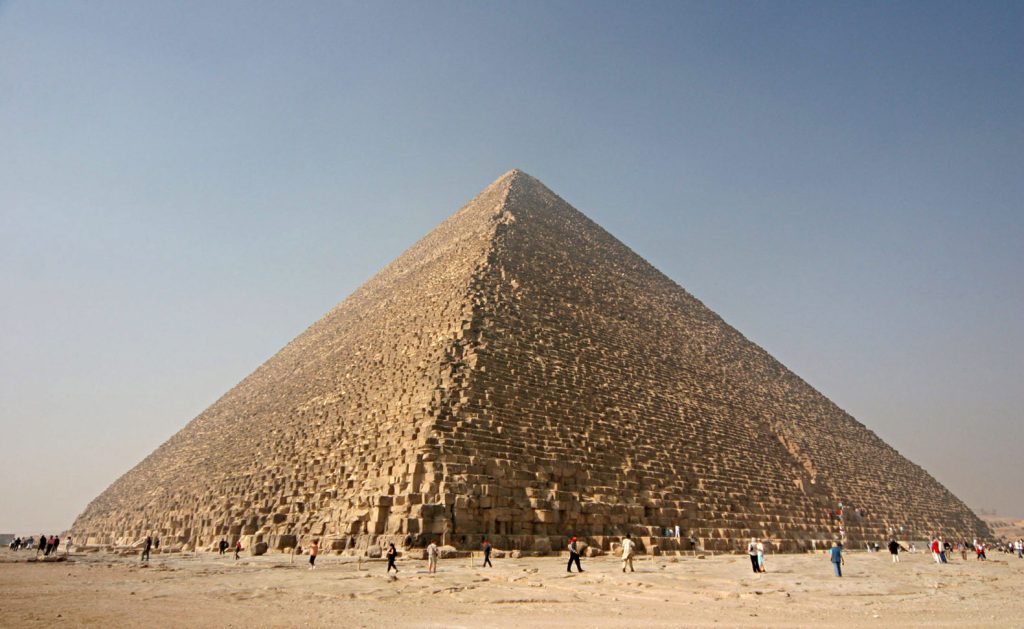New research suggests that Egypt’s Great Pyramid of Giza may have been more than just a pharaoh’s tomb, with findings indicating it could have functioned as a massive energy resonator, Britain’s Daily Mail has reported.
A 2018 study conducted by scientists at Russia’s ITMO University found that the 4,600-year-old structure can focus and amplify electromagnetic waves, particularly in key locations such as the King’s Chamber, the Queen’s Chamber, and an unfinished subterranean chamber. Using electromagnetic modelling, researchers analysed how the pyramid interacts with radio waves, revealing that its design concentrates energy at specific points, including its base.
The study has reignited debate over the true purpose of the pyramid. Retired aerospace engineer Christopher Dunn, who has studied the pyramid for decades, claims these findings support his long-standing theory that the structure was actually an advanced power plant.

Speaking on The Joe Rogan Experience in April, Dunn highlighted the Northern Shaft’s resemblance to modern waveguides, which are used to transmit microwaves.
“That’s a part of the theory in the Giza power plant,” Dunn explained. “There are two chemicals that are introduced into the chamber, and the chemicals mix, and they boil off hydrogen [to create energy].”
The ITMO University study suggests that the pyramid’s electromagnetic properties could have practical applications today. Scientists are now investigating how nanoparticles could mimic its resonance effects, potentially leading to more efficient solar cells and sensors.
Although the purpose behind the pyramid’s energy focus remains uncertain, the findings challenge traditional views of ancient Egyptian engineering.
“I don’t think there’s any part of that pyramid that did not serve a practical function,” Dunn told Rogan.
The research adds to growing speculation that the ancient Egyptians may have possessed a far greater understanding of physics and engineering than previously believed.


